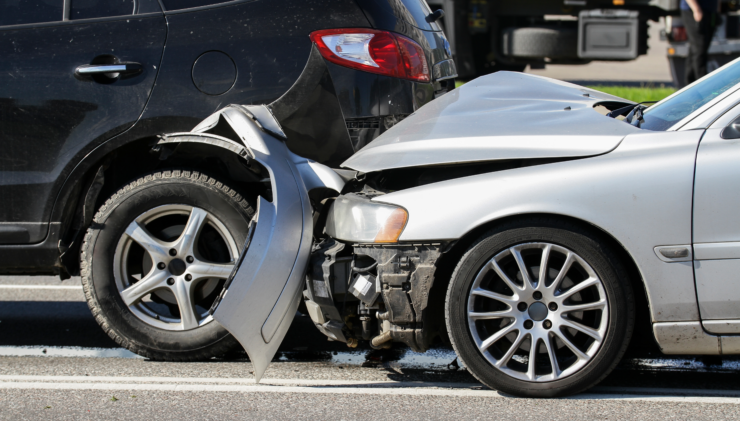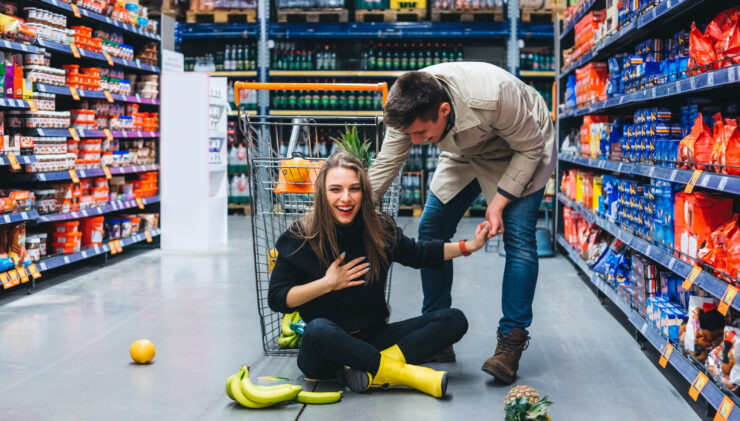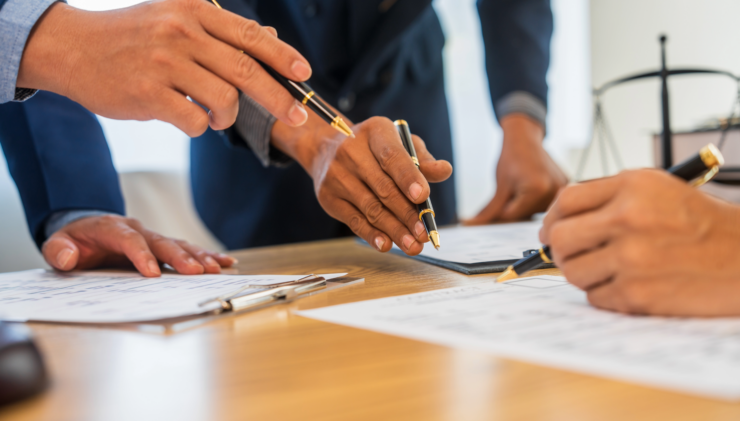 Auto Claims Trends: Frequency, Severity, Repair Costs, and Turnaround Times
Auto Claims Trends: Frequency, Severity, Repair Costs, and Turnaround TimesThe National Safety Council says falls are the leading cause of unintentional injury-related death. Even falls that aren’t lethal may result in serious injuries and expensive medical bills – as well as the potential for lawsuits.
A customer could fall in many scenarios – for example, slipping on a floor that’s wet due to rain, a spilled drink, a leaking cooler, or another customer’s untrained dog. Customers could also trip over various hazards, such as torn rugs and broken steps. Customers may even fall without the involvement of an external cause, such as if they trip over their own feet or experience a medical issue.
Other injuries are also possible. Something could fall on a customer, especially in a store with high shelves. Another customer’s dog could bite a customer. Customers could cut themselves on a sharp shelf corner.
A business may be held liable for some of these injuries, but businesses are not necessarily liable for every injury that occurs on their premises. Rather, businesses have a “duty of care” to adhere to a reasonable standard of care to prevent harm. If your business knew or should have known about a threat and did not take steps to prevent harm, you may be held liable. This is why it’s important to keep the premises clean and tidy and to document regular walkthroughs.
Even so, injuries may still occur. If they do, take the following steps.
Attend to Immediate Medical Needs
The first priority needs to be the wellbeing of the injured customer. If the injury appears serious or the customer requests an ambulance, call 911 and wait for the paramedics to arrive. When in doubt, it’s better to err on the side of caution and call for an ambulance. While waiting for the ambulance, provide appropriate first aid, such as applying pressure to stop the bleeding.
If injuries are not serious and the customer refuses an ambulance, provide a quiet place where the customer can rest and see if he or she needs anything, such as ice or water.
Deal with Any Hazards
If the customer’s injury was due to an existing hazard (such as a wet floor), address the issue immediately. Keep the area blocked off until you can remove the hazard. However, don’t remove the hazard without documenting it, unless doing so is necessary for safety. Before cleaning up a spill or other hazard, document the scene through pictures.
Avoid Admitting or Implying Guilt or Blame
While helping the injured customer, show concern and compassion but without admitting or implying guilt or trying to place blame on anyone. If necessary, it will be possible to work out who was to blame later. For the moment, focus on making sure the customer is fine and on documenting the incident.
- Say: Are you okay? Do you need an ambulance? Help is coming.
- Avoid: I’m so sorry – this is all our fault. I knew this was going to happen eventually. I can’t believe this happened again.
Document the Incident
Document the incident thoroughly. Do this as soon as you’ve addressed immediate dangers because it will be harder – or even impossible – to collect evidence later.
- Complete an incident report with the date and time of the incident and a description of what happened. Stick to the facts.
- Collect a statement from the injured customer, if possible. It’s especially important to document whether the customer refused medical treatment. Record the customer’s name and contact information.
- Collect statements from witnesses. If anyone saw the incident or anything relevant to the incident, you should collect witness statements. Record witnesses’ names and contact information. Consider using a manager’s phone to record verbal statements.
- Preserve surveillance footage. If you have security footage, make sure to save it.
- Take pictures. Since security footage is often poor quality and may not show sufficient detail, you should also take pictures of the scene.
If the customer sues you, detailed documentation may be critical to your defense. Documentation may also help uncover cases of fraud. According to the Nasdaq, there were 6,471 questionable slip and fall claims in 2019, most of which targeted businesses.
Contact Your Insurer
The good news is commercial general liability insurance generally covers customer injuries. Two types of coverage may be relevant under a commercial general liability insurance policy:
- Medical payments coverage pays for medical expenses without the need for a lawsuit or proof of negligence. This is the easiest way to handle the cost of medical care because it avoids lengthy legal processes. However, the coverage amount may be limited.
- Bodily injury liability coverage provides protection if a customer sues your business due to suffering an injury on the premises. The policy covers your legal defense and awards or settlements, as per the terms of the policy.
Report the incident to your insurer as soon as possible, even if you don’t think the injury was serious or that the customer is going to sue. Your insurance policy likely requires timely reporting. Plus, your insurer may be able to provide guidance to keep the incident under control.
Does your business have the insurance it needs if a customer is injured on your premises? Heffernan Insurance Brokers can help you review your coverage needs. Learn more.



